Industry information
Company News
- Fluorocarbon aluminum veneer: a fashionable choice for modern architecture
- Aluminum veneer: the beauty of architecture, simplicity is not simple
- Fluorocarbon aluminum veneer, the "invisible master" of the construction industry
- Aluminum veneer customization, creating a new trend of personalized space
- Punched aluminum veneer, the new darling of fashionable architecture
Industry dynamics
- Customized aluminum veneer creates an artistic journey of personalized space
- The production process and technology of hyperbolic baking paint aluminum veneer
- What are the thickness and size standards for aluminum veneer?
- Aluminum veneer curtain wall: the fashionable coat of modern architecture
- Why has aluminum veneer become the new favorite of architectural decoration?
Frequently asked questions
- Can aluminum veneer be applied to the exterior design of sports buildings?
- Is there a wide range of color options for aluminum veneer?
- Is the use of aluminum veneer limited by geographical environment?
- What are the maintenance methods for aluminum veneer?
- How does aluminum veneer affect indoor temperature?
contact us
Mobile:+86 15627778610
Email: 2201229786
Address: No. 5 Binjiang Road, High tech Zone, Zhaoqing City, Guangdong Province
Application of aluminum veneer in architectural design
- Author: Xinlongtai Aluminum Industry (Guangdong) Co., Ltd
- Release time: 2022-03-02 12:13:41
- Click:0
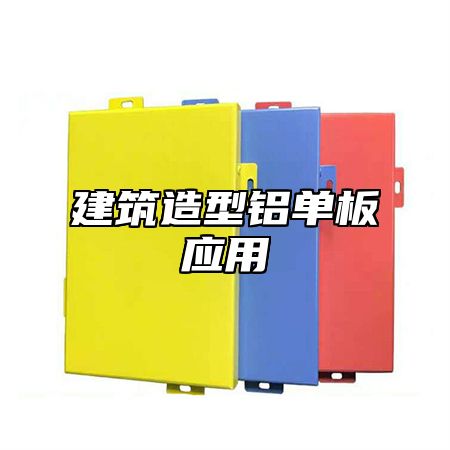
architectural styleAluminum veneerIt is a building material with unique appearance and excellent performance, widely used in various construction projects. It can provide beautiful, practical, and durable surface coverage for buildings, while also increasing their energy efficiency and environmental friendliness. This article will provide a detailed introduction to the application of aluminum veneer in architectural design.
In commercial buildings, architectural aluminum veneer is widely used for exterior wall decoration, roof covering, and facade renovation. Due to its unique appearance and excellent performance, aluminum veneer in architectural design can bring a more modern and fashionable feeling to commercial buildings, while also increasing the energy efficiency and environmental friendliness of buildings. For example, in shopping centers, hotels, and other places, aluminum veneers can be used to create unique exterior wall designs to attract customers' attention.
In residential buildings, architectural aluminum veneer is also used in exterior wall decoration, balcony railings, doors and windows, and other fields. Due to its lightweight, high strength, and easy processing characteristics, aluminum veneer in architectural design can bring a more comfortable, safe, and environmentally friendly living environment to residential buildings. For example, in residential buildings such as villas and apartments, aluminum veneers can be used to create unique exterior wall shapes to increase the aesthetics and personalization of the building.
Aluminum veneer for architectural design has also been widely used in public buildings. For example, in public places such as government agencies, schools, hospitals, etc., aluminum veneer can be used to create unique interior decoration effects to enhance the value and comfort of buildings. Aluminum veneer can also be used for facade renovation and roof covering to improve the energy efficiency and environmental friendliness of buildings.
In special fields, aluminum veneer for architectural design has also been widely used. For example, in transportation hubs such as subway stations and airports, aluminum veneers can be used to create unique ventilation systems and sound insulation effects to improve the safety and comfort of buildings. Aluminum veneers can also be used for the installation and maintenance of solar panels to achieve self-sufficiency and environmental friendliness of buildings.
Architectural aluminum veneer has a wide range of application prospects and development space. Through continuous exploration and innovation, various buildings that are more beautiful, practical, energy-efficient, and environmentally friendly can be created for people.

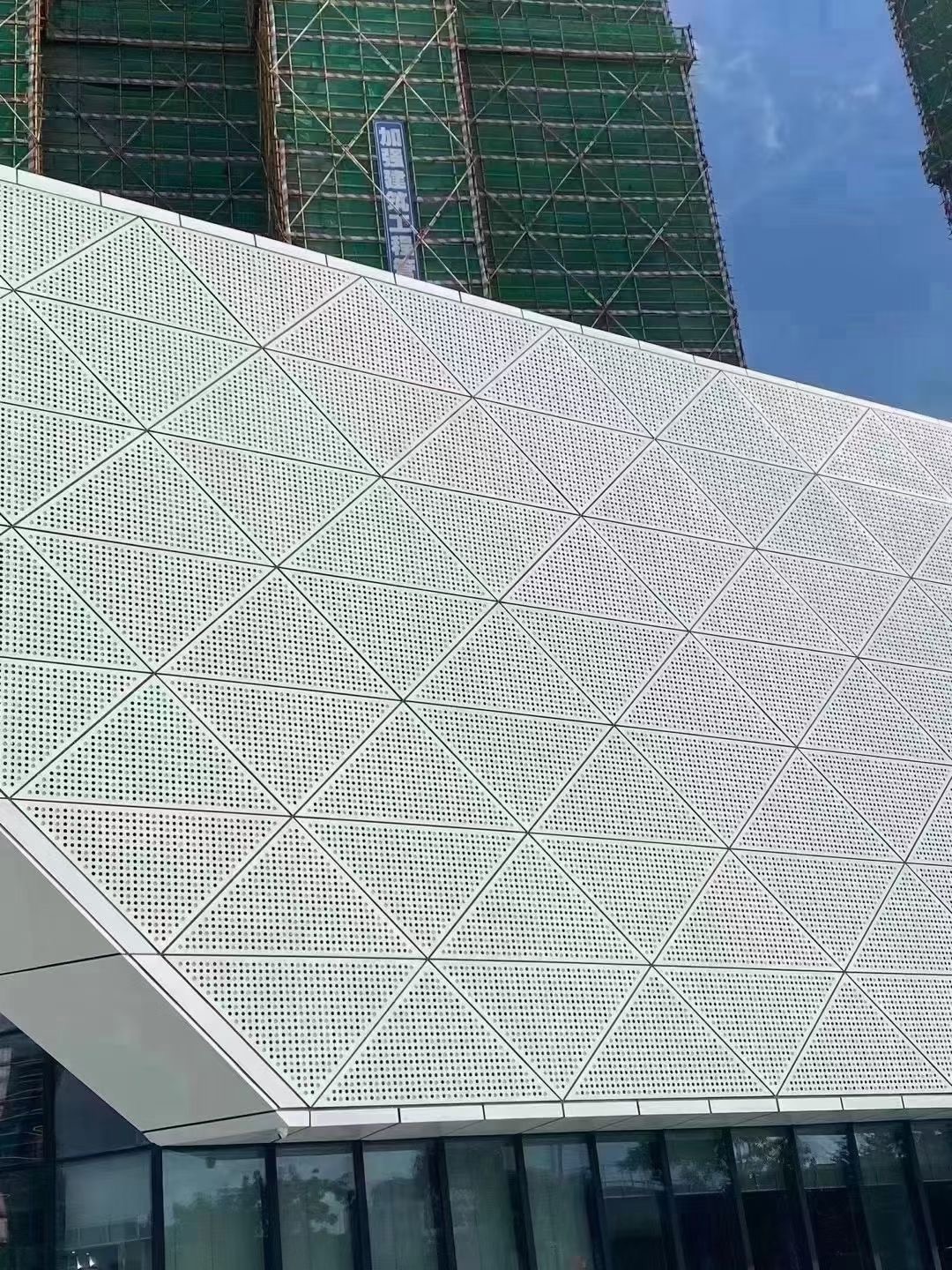
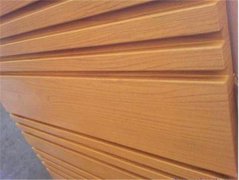
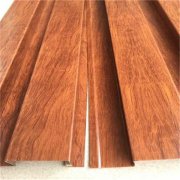
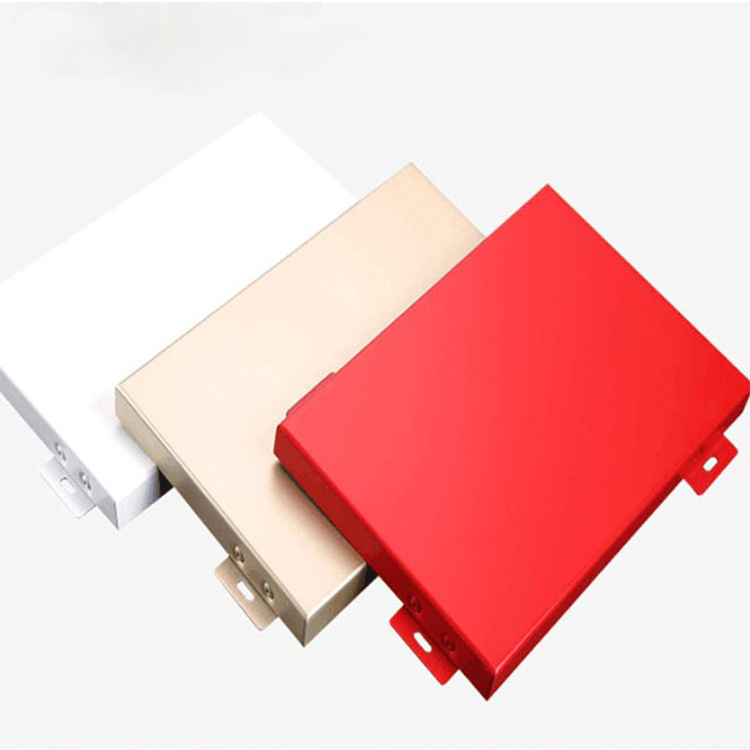
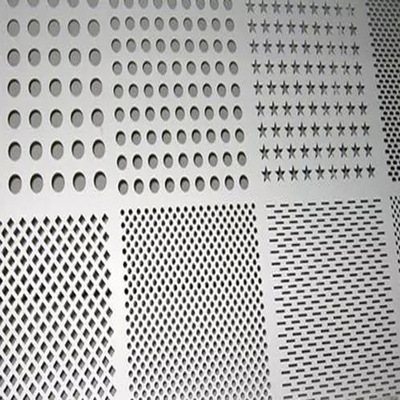
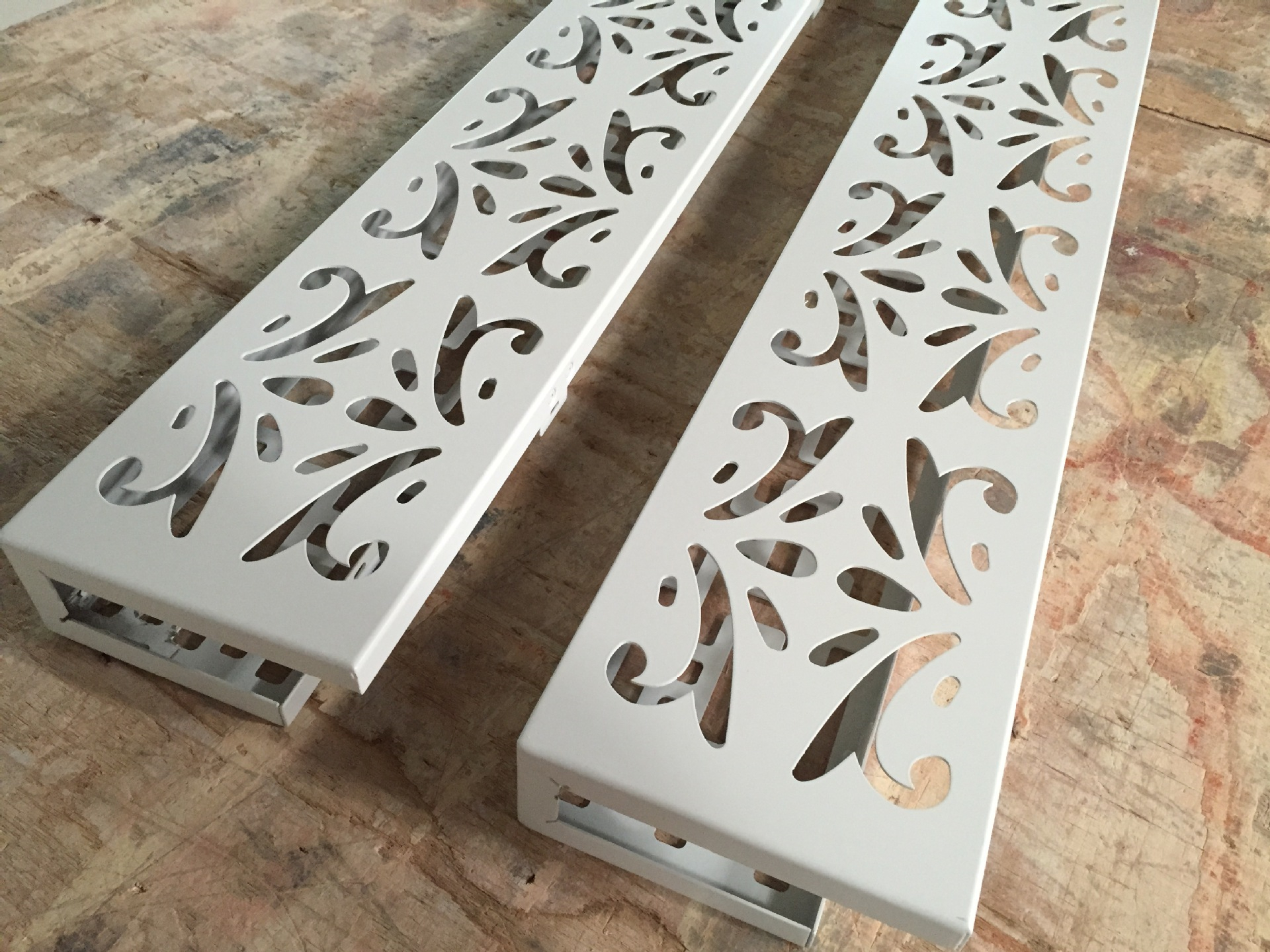
 Customer service QQ
Customer service QQ